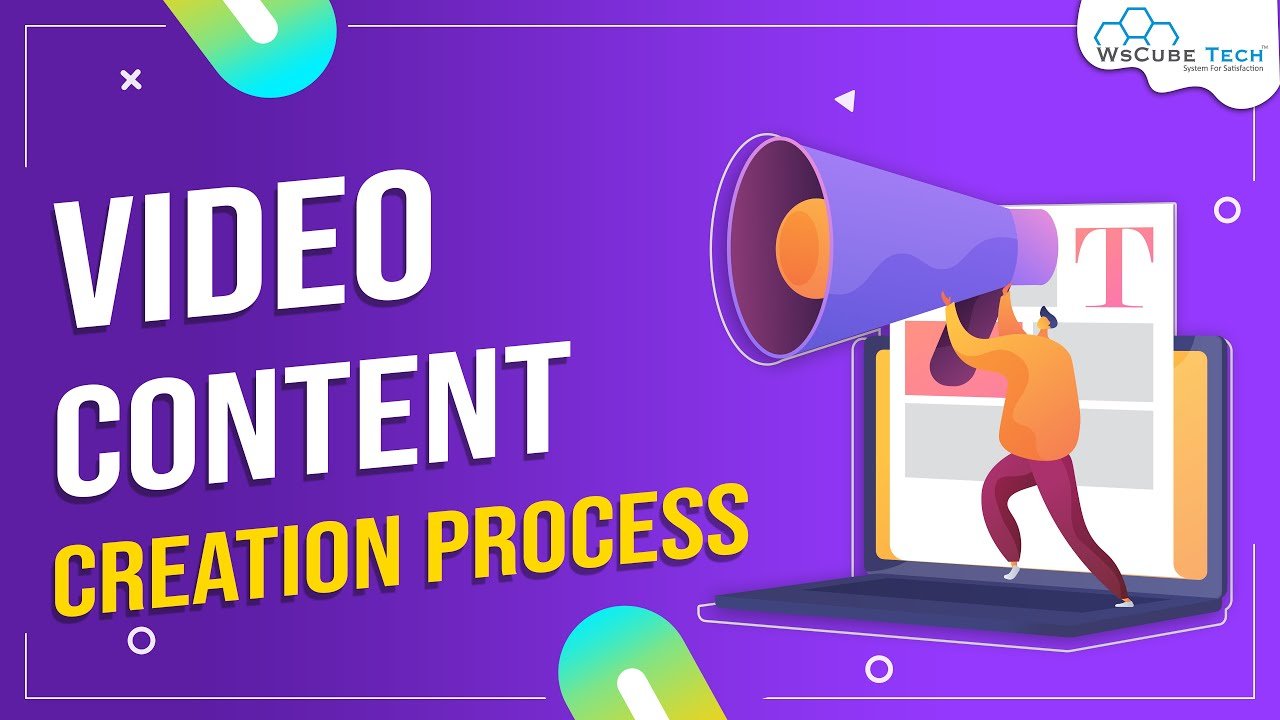
Video content creation
Video content creation is the process of planning, producing, and editing videos for various purposes, such as marketing, entertainment, education, or communication. With the increasing popularity of online video platforms and the growth of digital marketing, businesses and individuals are leveraging video content to connect with their audiences in a more engaging and dynamic way.
Key Components of Video Content Creation:
-
Pre-Production:
- Define Objectives: Clearly outline the goals and objectives of the video. Whether it's to increase brand awareness, drive sales, or educate, understanding the purpose informs the content and style.
- Target Audience: Identify the specific demographic or audience segment the video aims to reach. Tailor the content to resonate with the characteristics and interests of the intended viewers.
- Storyboarding: Plan the visual and narrative structure of the video through storyboarding. This helps in organizing scenes, transitions, and key messages.
-
Production:
- Filming: Capture video footage using cameras or smartphones. Pay attention to lighting, composition, and audio quality to ensure professional and visually appealing results.
- Scripting: Write a script that outlines the spoken content or dialogue. A well-crafted script helps maintain a clear message and keeps the audience engaged.
- Voiceovers and Narration: If applicable, record voiceovers or narration to accompany the visuals. This adds a layer of storytelling and explanation to the video.
-
Post-Production:
- Editing: Use video editing software to compile, trim, and arrange the footage. Editing allows for the addition of music, graphics, effects, and ensures a polished final product.
- Graphics and Animations: Incorporate graphics, text overlays, and animations to enhance visual appeal and convey information effectively.
- Color Correction and Enhancement: Adjust colors, brightness, and contrast to achieve a consistent and visually pleasing look. Enhance audio quality and synchronize it with the video.
-
Distribution and Promotion:
- Choose Platforms: Determine the platforms where the video will be published, such as YouTube, social media, websites, or email campaigns.
- Optimize for SEO: If applicable, optimize video titles, descriptions, and tags for search engines to improve discoverability.
- Engagement Strategies: Encourage audience interaction through comments, likes, and shares. Responding to comments and fostering community engagement can enhance the video's reach.
-
Analysis and Iteration:
- Analytics: Use analytics tools to measure the performance of the video. Track metrics such as views, watch time, engagement, and conversion rates.
- Iterative Improvement: Based on analytics insights, identify strengths and weaknesses of the video. Use this information to refine future video content and strategies.
-
Types of Video Content:
- Explainer Videos: Concisely explain a product, service, or concept.
- Tutorials and How-Tos: Guide viewers through a step-by-step process.
- Product Reviews and Demonstrations: Showcase and review products or services.
- Behind-the-Scenes: Provide a glimpse into the company's operations or creative process.
- Interviews and Testimonials: Feature interviews with experts, customers, or team members.
Successful video content creation involves a combination of creativity, technical skills, and an understanding of the target audience. By consistently producing high-quality and relevant videos, businesses can establish a strong online presence, engage their audience, and achieve their marketing and communication goals.
